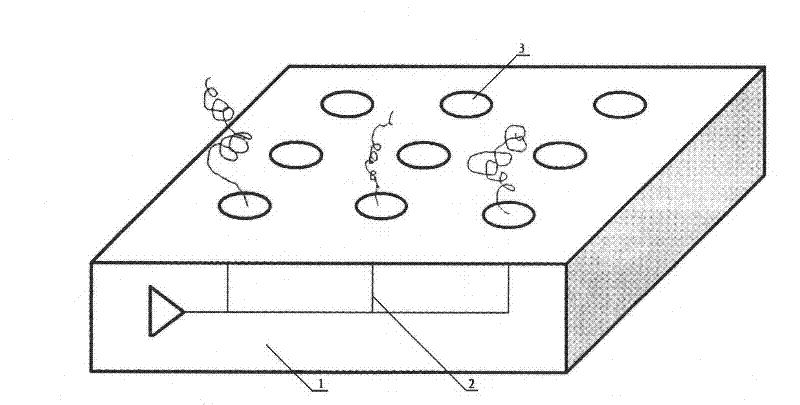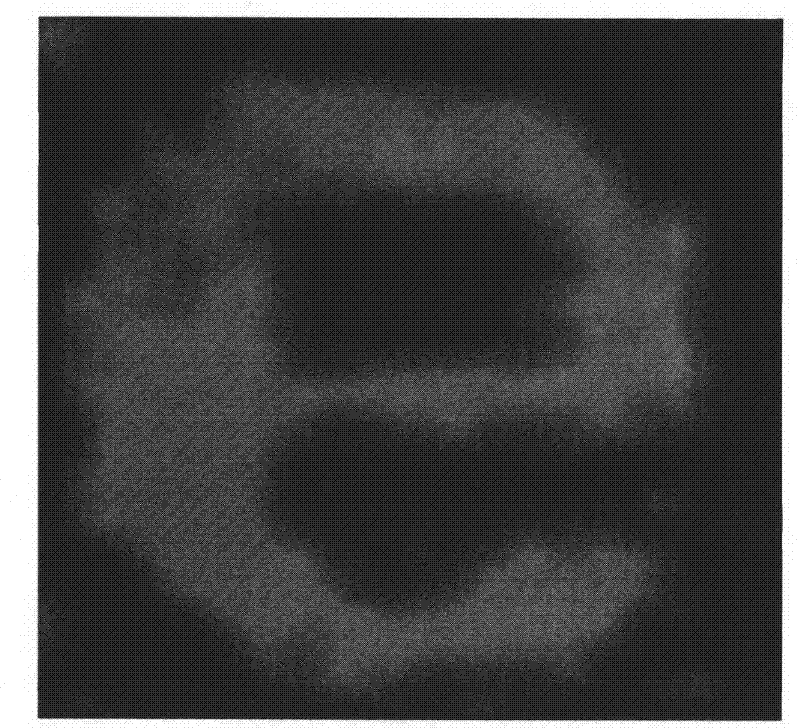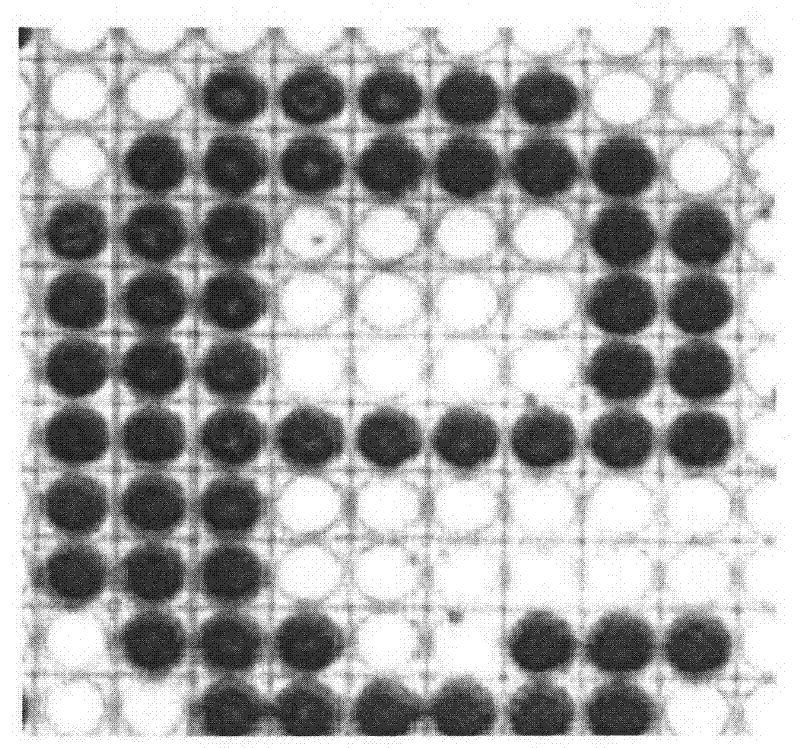Conductive polyaniline with bioactivity, preparation thereof and use thereof
A conductive polyaniline and biologically active technology, applied in the direction of material analysis, instruments, and measuring devices through electromagnetic means, can solve the problem that free radical polymerization cannot control the molecular weight and macromolecular structure well
- Summary
- Abstract
- Description
- Claims
- Application Information
AI Technical Summary
Problems solved by technology
Method used
Image
Examples
Embodiment 1
[0033] Example 1: Preparation of aniline derivative monomers with biologically active units
[0034] Dissolving biotin glycol phosphoramidite in anhydrous acetonitrile, then adding anhydrous acetonitrile solution of aniline-o-methanol, wherein: the molar ratio of biotin glycol phosphoramidite to aniline-o-methanol is 10:1~1:10 Add an appropriate amount of 5-ethylthiotetrazolium (ETT) activator, so that the concentration of the formed activator anhydrous acetonitrile solution is 0.25mol / L; after stirring at room temperature for 30 minutes, carry out vacuum distillation to powder Add excess oxidation solution, the oxidation solution is dissolved in tetrahydrofuran by elemental iodine: water: triethylamine = 8: 1: 1 mixed solvent to form, the mass percent concentration of the solution is 4%; after stirring at room temperature for 10 minutes , reduced to neutral with sodium thiosulfate, then evaporated tetrahydrofuran under reduced pressure, extracted with chloroform, dried the or...
Embodiment 2
[0037] Example 2: Preparation of bioactive conductive polyaniline
[0038] Mix the prepared aniline monomer with a biotin substituent with 1 to 10 times the molar amount of aniline and an appropriate amount of potassium chloride as an electrolyte, with a pulse of 10 milliseconds on and 10 milliseconds off, at 1.0 volts, 30 Copolymerization is carried out on the electrode by means of in-situ synthesis and electrochemical deposition in less than 1 second to obtain bioactive conductive polyaniline.
[0039] The electrode used in the embodiment is platinum metal, which can be made of iridium or other metals (for example: palladium, gold, silver, copper, mercury, nickel, zinc, titanium, tungsten, aluminum) or stainless steel, metal alloys, carbon nanotubes, glassy carbon , Reticular glassy carbon, graphite, doped oxide, indium tin oxide, silicon oxide, gallium arsenide semiconductor, metal-doped polymer or ceramic material.
Embodiment 3
[0040] Embodiment 3: Preparation of functionalized microelectrode array
[0041] Build microelectrode arrays on individually addressable logic circuit chips (see figure 1 As shown), each electrode on this circuit is connected by a switch of a CMOS (complementary metal oxide semiconductor) transistor, by sending an electronic address signal to the common node circuit and then to the SRAM (static random access) associated with each electrode memory) to turn on the switch; the microelectrode array is placed in a specially designed fluid reactor, and the reaction liquid in the reactor is 1 to 10 times the molar amount of the prepared aniline monomer with biotin substituent The computer digitally instructs the microelectrode array to respond to digital commands to assemble the conductive polymer; once the electrode is called, the conductive polymer immediately under the control of the logic circuit under the electrode Generated rapidly in situ, rinsed with deionized water and drie...
PUM
 Login to View More
Login to View More Abstract
Description
Claims
Application Information
 Login to View More
Login to View More - R&D
- Intellectual Property
- Life Sciences
- Materials
- Tech Scout
- Unparalleled Data Quality
- Higher Quality Content
- 60% Fewer Hallucinations
Browse by: Latest US Patents, China's latest patents, Technical Efficacy Thesaurus, Application Domain, Technology Topic, Popular Technical Reports.
© 2025 PatSnap. All rights reserved.Legal|Privacy policy|Modern Slavery Act Transparency Statement|Sitemap|About US| Contact US: help@patsnap.com



